CONFIRMED SPEAKERS
PLENAry Lectures
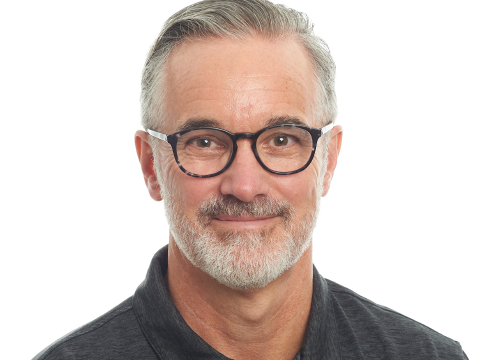
Nelson Spruston
Chief of Janelia Scientific Operations & Programs, Janelia Research Campus, Howard Hughes Medical Institute, USA.
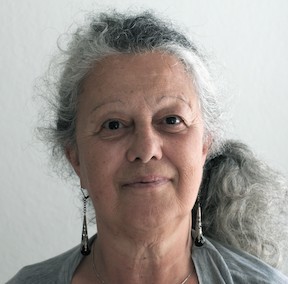
Sara A. Solla
Professor, Department of Neuroscience Department of Physics and Astronomy Northwestern University, USA.
Speakers
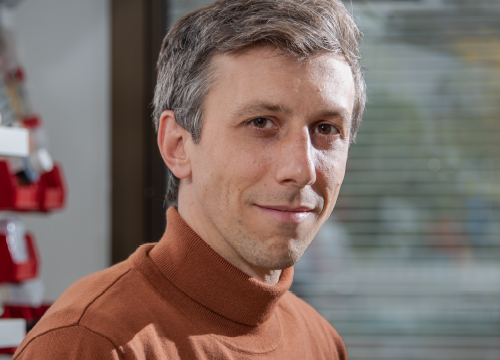
Adrien Peyrache
Professor, Montreal Neurological Institute, McGill University, Canada.
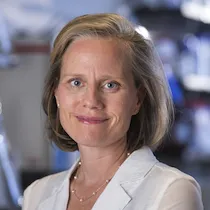
Alison L. Barth
Maxwell H. and Gloria C. Connan Professor in the Life Sciences, Mellon College of Science, Carnegie Mellon University, USA.
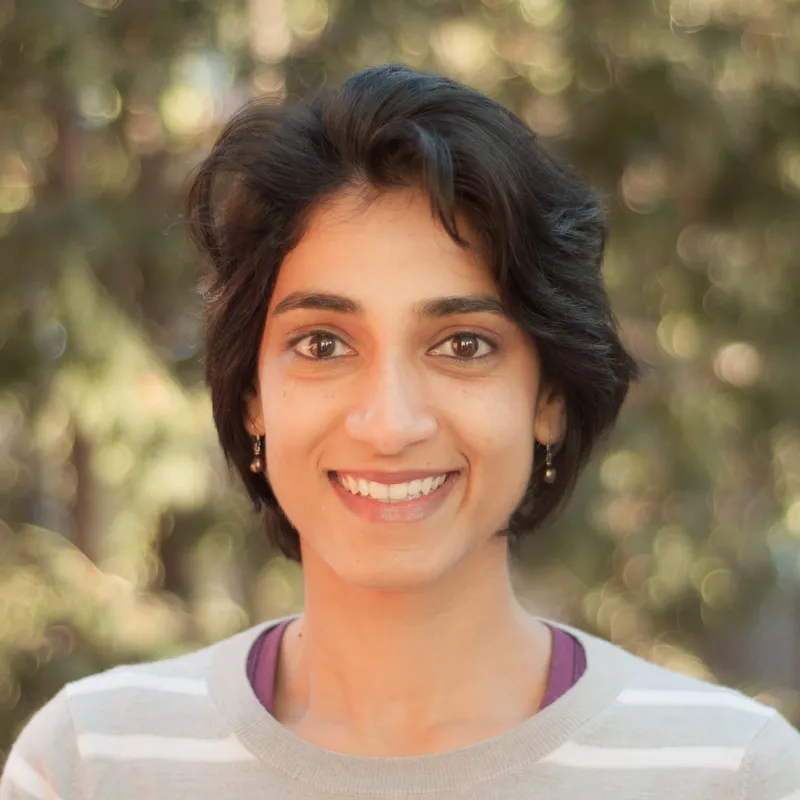
Aparna Suvrathan
Professor, Centre for Research in Neuroscience, Department of Pediatrics, McGill University; Research Institute of the McGill University Health Centre, Montreal, Canada.
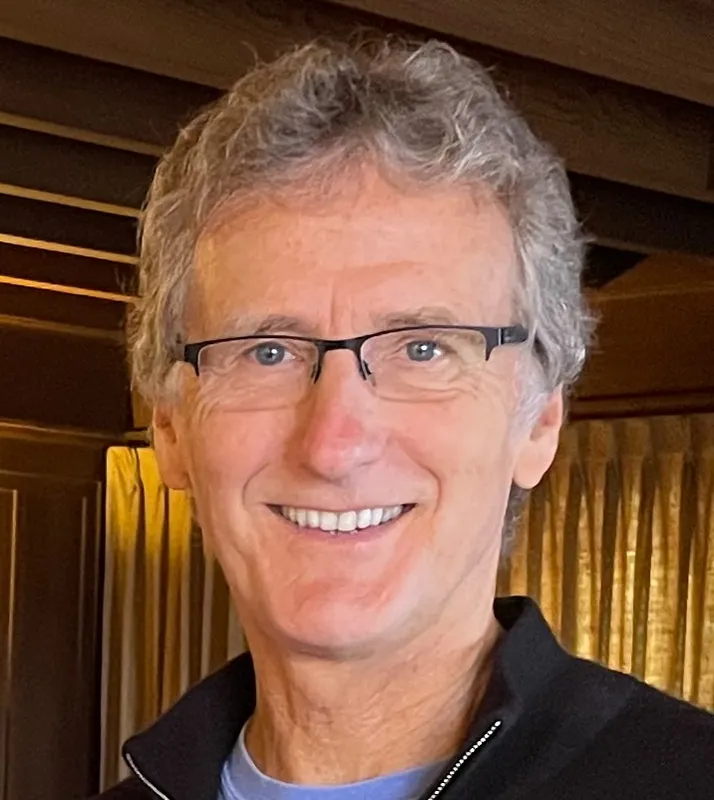
Bartlett Mel
Professor of Biomedical Engineering, Viterbi School of Engineering, University of South California, USA.

Bénédicte Amilhon
Professor of Neuroscience. The CHU Ste-Justine Azrieli Research Center, Faculty of Medicine, University of Montreal, Canada.

Carlos R. Ponce
Professor Department of Neurobiology Harvard Medical School, USA.
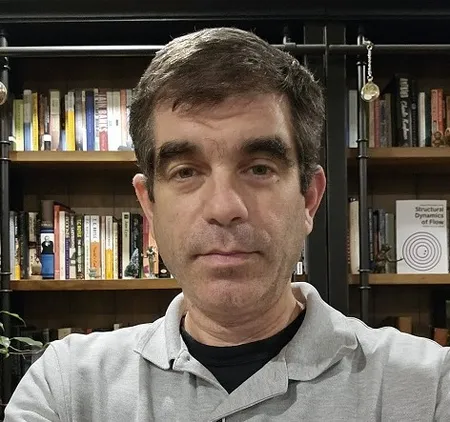
Chris Pack
Professor, Montreal Neurological Institute-Hospital McGill University, Canada.
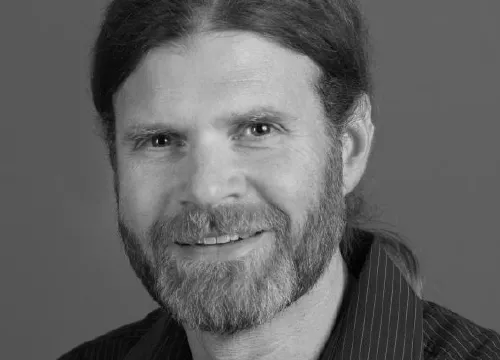
David Freedman
Professor, Department of Neurobiology, The University of Chicago, USA.

Eilif B. Muller
IVADO Associate Research Professor & Canada CIFAR AI Chair, Associate Faculty Member – Quebec Artificial Intelligence Institute (Mila), The CHU Ste-Justine Azrieli Research Center. Department of Neurosciences, Faculty of Medicine, University of Montreal, Canada.
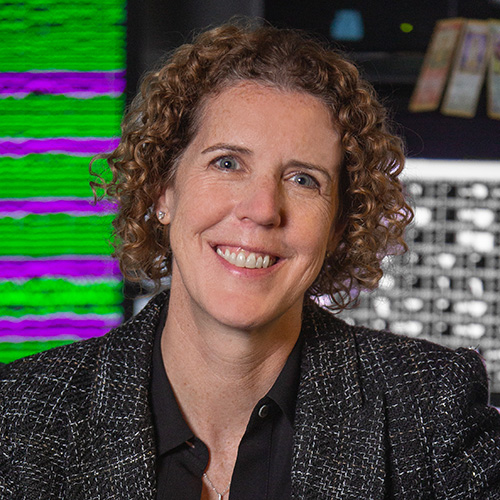
Elizabeth A. Buffalo
Professor and Chair, Department of Physiology and Biophysics Wayne E. Crill Endowed Professor University of Washington School of Medicine, USA.

Eva Dyer
Professor, Georgia Institute of Technology, USA.
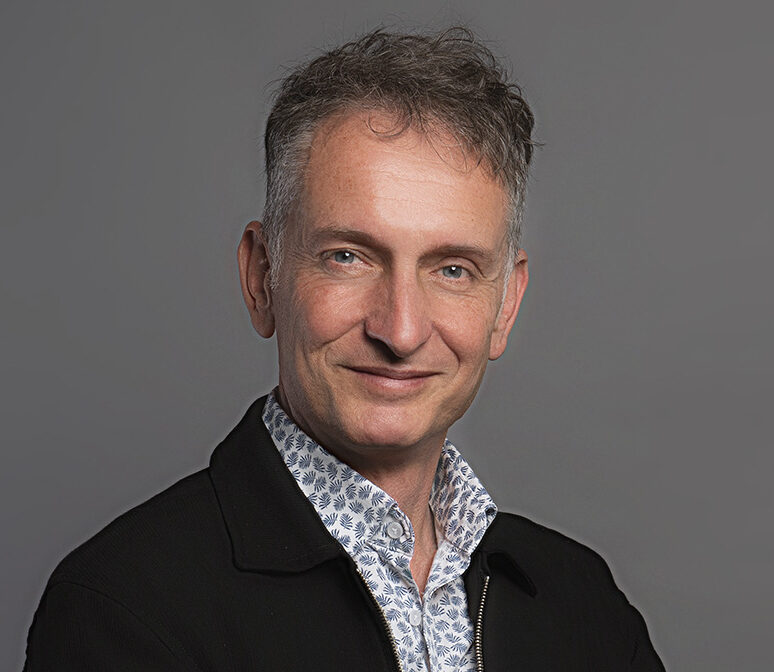
Fred Hamker
Professor for Artificial Intelligence, Department of Computer Science, Chemnitz University of Technology, Germany.
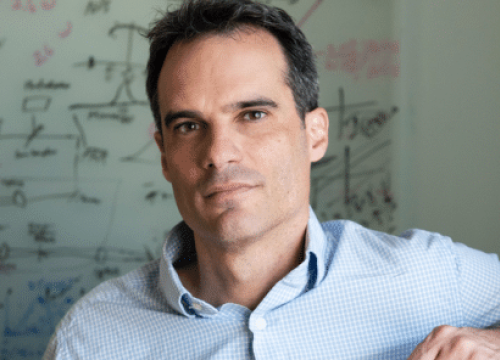
Jean-Claude Beique
Professor, Brain and Mind Research Institute, University of Ottawa, Canada.

Jesper Sjöström
Professor, Centre for Research in Neuroscience, Research Institute of the McGill University Health Centre, Montreal, Canada.

Johanna Senk
Lecturer in Computer Science, Sussex AI, School of Engineering and Informatics, University of Sussex, Brighton, United Kingdom; Institute for Advanced Simulation (IAS-6) and JARA-Institute Brain Structure-Function Relationships (INM-10), Research Center Juelich, Germany.
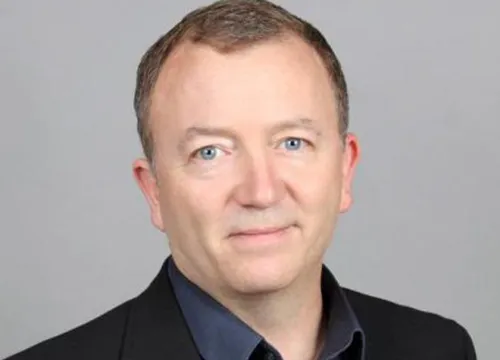
Kurt Haas
Professor, Department of Cellular and Physiological Sciences, and School of Biomedical Engineering University of British Columbia, Canada.

María José Escobar
Professor, Department of Electronic Engineering Universidad Técnica Federico Santa María, Chile.
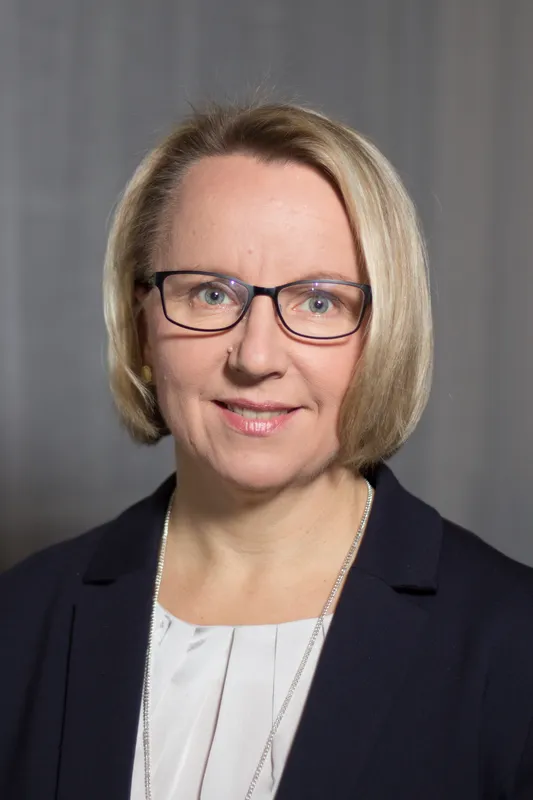
Marja-Leena Linne
Docent and Head of Computational Neuroscience Group Faculty of Medicine and Health Technology, Tampere University, Finland.

Markus Diesmann
Director; Institute of Neuroscience and Medicine. Professor in Computational and Systems Neuroscience & Institute for Advanced Simulation – Theoretical Neuroscience; Research Center Juelich, Germany.
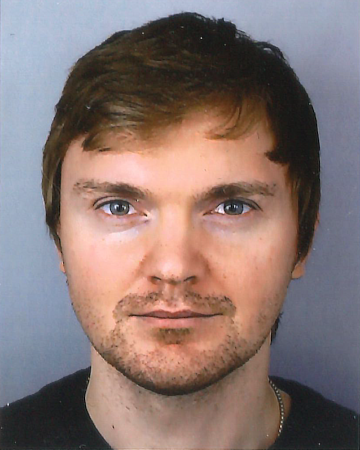
Mihai Petrovici
Group Leader, NeuroTMA Lab, Department of Physiology, University of Bern, Switzerland.
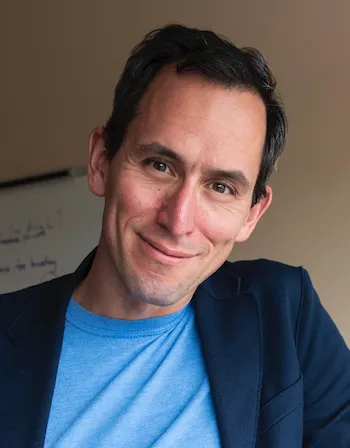
Richard Naud
Professor, Brain and Mind Research Institute, University of Ottawa, Canada.

Robert Legenstein
Professor, Institute of Theoretical Computer Science, Graz University of Technology, Austria.

Roberto Araya
Professor of Neuroscience. The CHU Ste-Justine Azrieli Research Center, Faculty of Medicine, University of Montreal, Canada.
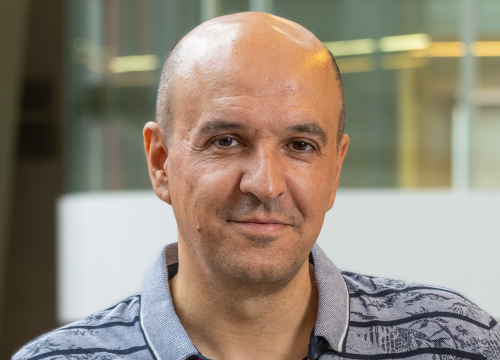
Rubén Moreno-Bote
Serra Húnter Professor and ICREA Academia Director of the Theoretical and Cognitive Neuroscience Group Center for Brain and Cognition & Dept. of Information and Communications Technologies University Pompeu Fabra, Barcelona, Spain.

Shahab Bakhtiari
Professor, University of Montreal and Mila (Quebec AI Institute), Canada.
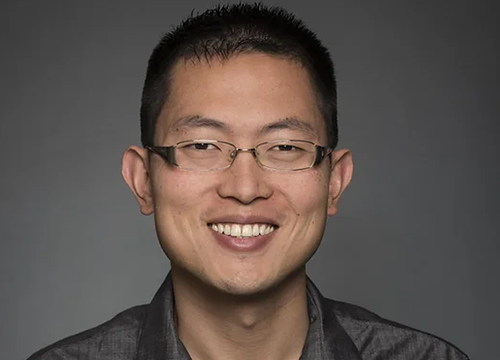
Simon Chen
Professor, Canada Research Chair Tier II Brain and Mind Research Institute University of Ottawa, Canada.
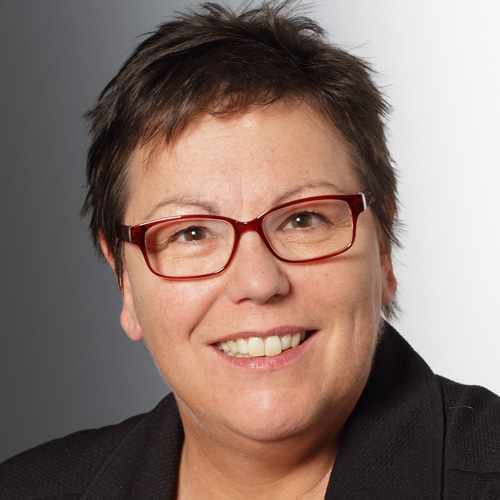
Sonja Grün
Director, Institute of Neuroscience and Medicine – Computational and Systems Neuroscience & Institute for Advanced Simulation – Theoretical Neuroscience; Research Center Juelich, Germany.
